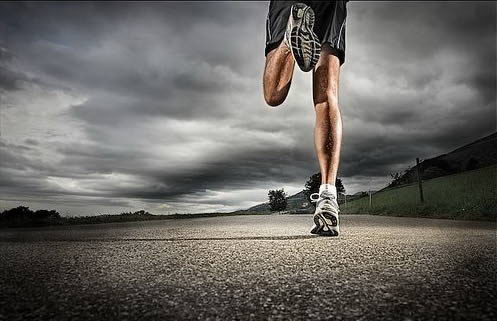EL DESARROLLO DE LA TÉCNICA DE NADO
INTRODUCCIÓN
El objetivo de este artículo es describir algunos medios para
mejorar nuestra técnica de natación.
La técnica de la natación está condicionada por la
coordinación de movimientos difíciles en un fluido extraño para el ser humano
como es el agua. Nuestro cuerpo no fue creado para el medio acuático, por eso,
nuestra única opción es encontrar la técnica más eficiente, que nos permita
desplazarnos en el agua desperdiciando menos energía y de la manera más rápida
posible.
LAS HABILIDADES TÉCNICAS DE NATACIÓN
Con el objetivo de mejorar nuestra técnica de natación,
utilizamos los ejercicios específicos o “drills”. Estos nos permiten obtener
las habilidades técnicas. Como en otros deportes cíclicos (como el running),
necesitamos saber en qué estamos trabajando en cada momento. Estos ejercicios
técnicos nos permiten centrarnos en un aspecto específico, aislándolo y corrigiendo
de esta forma el defecto técnico.
Con el fin de aprender o mejorar nuestra técnica de natación,
tenemos diferentes tipos de ejercicios:
Ø EJERCICIOS DE COORDINACIÓN Y TIMMING
El objetivo de los ejercicios de coordinación es mejorar la
sincronización entre los movimientos del cuerpo y extremidades de la parte
superior-inferior y del lado derecho-izquierdo. Estos ejercicios nos ayudan a
mejorar el gesto técnico en sí, la coordinación de las extremidades superiores
e inferiores y la sincronización. Algunos ejemplos de estos ejercicios:
1. Combinación de diferentes estilos (mariposa miembros superiores-
crol miembros inferiores)
2. Diferentes coordinaciones de respiración (cada 2,3,4 brazadas
...)
3. Crol a un brazo / Punto muerto / Medios recobros.
EJERCICIOS PROPIOCEPTIVOS
Estos ejercicios tienen como objetivo mejorar la técnica
debido a la mejor percepción de la postura corporal y sensaciones propulsivas
en el medio acuático.
1. Ejercicios sensoriales de postura corporal
ü Nos permiten reducir la Resistencia al avance, y facilitar la
coordinación en el nado. Un ejemplo es "deslizamientos en posición de
minima resistencia".
2. -Ejercicios de contraste
ü Ayudar a nuestro sistema propioceptivo a asimilar la técnica
eficiente a través de una acción incorrecta. Un ejemplo de ejercicio es "crol
con puños cerrados".
EJERCICIOS BASADOS EN
LA EXAGERACIÓN
El objetivo de estos ejercicios es adquirir una habilidad exagerando
el gesto técnico para mejor comprensión y asimilación del nadador. Algunos
ejemplos de ejercicios exagerados:
ü Mano axila: Ejercicio exagerado para mejorar el codo alto y
el rolido del cuerpo.
ü Pies crol con extensión total de la pierna: Asimilamos que tenemos
que flexionar mucho las rodillas durante la acción de pies en crol.
CASO PRÁCTICO
En este caso tenemos un nadador con codo bajo durante el
recobro, además de una evidente falta de rolido. Este error técnico implica una
mayor Resistencia al avance, mayor gasto energético y, probablemente, una
futura lesión en el hombro debido al movimiento forzado durante el recobro.
Para corregir esta error proponemos esta progresión del de
ejercicios:
1. Pies crol con tabla a una mano: Hacemos que el nadador
focalice su atención sólo en el rolido del cuerpo, sin acción de brazo,
facilitándole la asimilación de la habilidad.
2. Crol a un brazo con tabla(focalizando en el rolido y codo
alto):Aislamos el nado a un solo lado para facilitar al nadador realizar y
analizar el movimiento.
3. Mano axila: Ahora forzamos al nadador a tocar su axila,
exagerando el gesto técnico, haciendo necesario el balanceo para completar el ejercicio,
y acentuando el codo alto durante el nado de crol.
"Para finalizar me gustaria decir que puede plantearse
mil propuestas diferentes, con otros ejercicios, otras clasificaciones y otros
patrones que pueden ser igualmente correctos para el desarrollo o corrección de
la técnica de natación. Seguiremos hablando de la técnica de natación durante
los siguientes artículos"
BIBLIOGRAFÍA
Llana, S. (2016) Apuntes
Aplicación Específica al Entrenamiento en Natación. Valencia
Lucero, B.(2007) The
100 Best Swimming Drills




